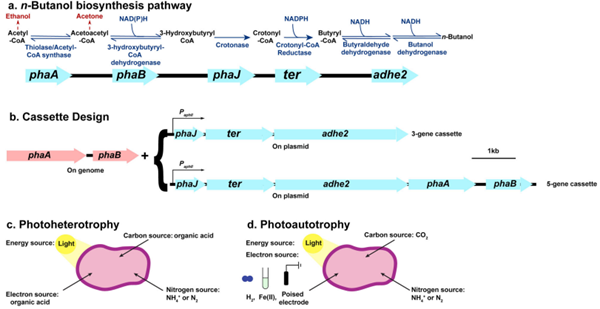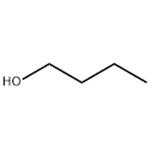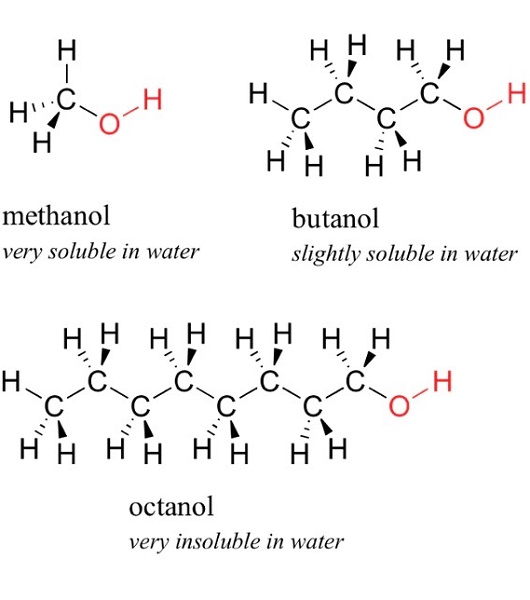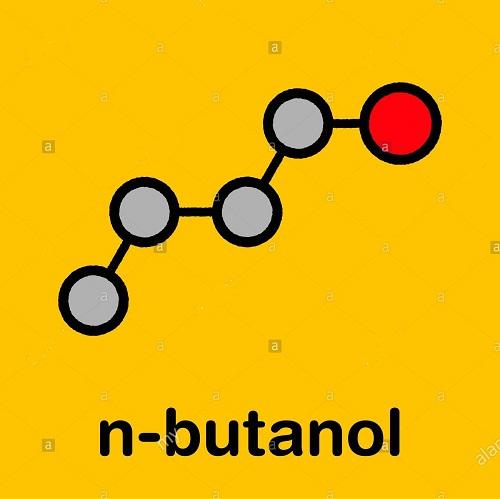What is the Biosynthetic Pathway of 1-Butanol?
1-Butanol (n-Butanol) is a widely used industrial reagent. It can be used as a flavoring agent in food, an intermediate in pharmaceutical or chemical manufacturing, a denaturant or solvent in cosmetics, an alternative biofuel to ethanol, and a solvent for paints, resins, dyes, and alkaloids. In addition, 1-Butanol vapor can be used to preserve food and prolong its color. For example, 120 mg/L and 160 mg/L 1-butanol vapor treatment can better maintain the color of broccoli florets.
Biosynthesis
Currently, most n-butanol is synthesized by chemical processes. However, these processes use propylene or ethanol as feedstock, so these methods are carbo-orthogonal. Another well-known method for n-butanol production is acetone-butanol-ethanol (ABE) fermentation using Clostridium. The n-butanol biosynthetic pathway from Clostridium acetobutylicum (Figure 1a) has been introduced into a variety of organisms, such as Escherichia coli, Saccharomyces cerevisiae, Pseudomonas, and Bacillus subtilis, for the production of n-butanol. Carbon (acetyl-CoA) and reducing equivalents (NADH) are the two main substrates for n-butanol biosynthesis.

Previous studies on cyanobacteria have shown that PHB synthase-deficient mutants produce more butanol, while glycogen synthase-deficient mutants exhibit higher carbon conversion efficiency (CCE) for isobutanol. Therefore, we constructed TIE-1 knockout mutants lacking hydroxybutyrate polymerase (phaC1, Rpal_2780 and phaC2, Rpal_4722) or glycogen synthase (glgA, Rpal_0386). After introducing the 3-gene cassette/5-gene cassette into TIE-1 WT and mutant strains, we tested n-butanol production under photoheterotrophic (Fig. 1c) and photoautotrophic (Fig. 1d) conditions.
The 3-gene cassette relies on phaA and phaB in the TIE-1 genome to complete the first two steps of n-butanol synthesis. Here, only 3 genes (phaJ, ter and adhE2) were introduced into the plasmid under the action of the constitutive promoter PaphII. The 5-gene cassette introduced all 5 genes (phaA, phaB, phaJ, ter and adhE2) into the plasmid under the action of the constitutive promoter PaphII.
To produce n-butanol (biofuel) from CO2, here we introduced the n-butanol biosynthetic pathway into an oxygenic (non-oxygen evolved) photoautotrophic organism, Rhodopseudomonas palustris TIE-1 (TIE-1). Using different carbon, nitrogen and electron sources, we achieved n-butanol production in wild-type TIE-1 and mutants lacking the electron-consuming (nitrogen fixation) or acetyl-CoA-consuming (polyhydroxybutyrate and glycogen synthesis) pathways. The mutant lacking the nitrogen fixation pathway showed the highest n-butanol production. Combined with a novel hybrid bioelectrochemical platform, the anaerobic phototrophic bacterium TIE-1 can sustainably produce n-butanol using organic acids or CO2 as carbon sources, light as energy source, and electrons generated from H2, Fe(II), or renewable energy sources as electron sources.
References:
[1] THEWES F R, UHLMANN L O, SOLDATELI F J, et al. Postharvest 1-Butanol Vapor Treatment to ‘Legacy’ Broccoli Florets: Impact on Metabolism, Pigments, Yellowing, and Overall Quality During Shelf Life at Room Temperature[J]. Food and Bioprocess Technology, 2024, 60 1: 9-9. DOI:10.1007/s11947-024-03563-1.[1] WEI BAI. n-Butanol production by Rhodopseudomonas palustris TIE-1[J]. Communications Biology, 2021. DOI:10.1038/s42003-021-02781-z.
Related articles And Qustion
Lastest Price from 1-Butanol manufacturers

US $10.00/kg2025-04-21
- CAS:
- 71-36-3
- Min. Order:
- 1kg
- Purity:
- 99%
- Supply Ability:
- 100 mt

US $0.00/kg2025-04-15
- CAS:
- 71-36-3
- Min. Order:
- 20kg
- Purity:
- 99.0%
- Supply Ability:
- 20 tons





